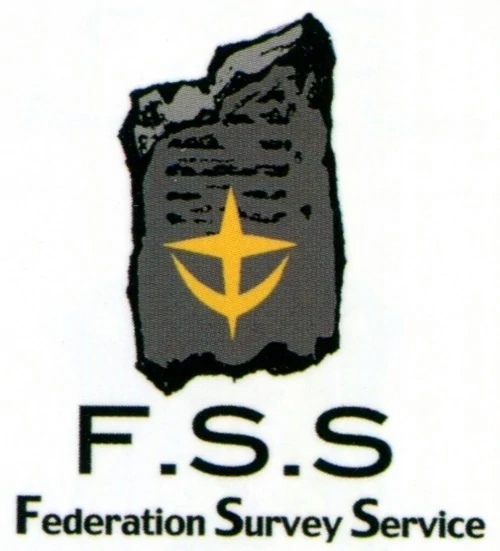
The Evolution of Revolutionary Ideologies
Supplement: Chart showing parallels in the development of Christianity, Communism, and Contolism
Parallels in the development of Christianity, Communism, and Contolism
Published

Supplement: Chart showing parallels in the development of Christianity, Communism, and Contolism
The chart at the end of this supplement is designed to accompany the main report by providing a visual aid to the descriptions of parallels between different revolutionary ideologies. Religious and economic examples are given for the complete cycle of development, in addition to the chart’s primary focus: the development of Zeonism.
The key metaphor in this report comes from the seminal essay “Parallels Between Christianity and Communism”, excerpted below:
The development of revolutionary ideologies which fail to obtain the revolution has many historical examples, which follow a common progression: A prophet’s ideology receives its first interpretation, which is followed by the prophecy’s failure. Early adopters of the ideology reinterpret the prophecy. The reinterpretation gains widespread adoption within non-revolutionary society and in civil society, at the expense of doctrinal purity. Advocates for a return to the pure ideology appear, and conflict with the widespread ideology’s adherents.
The Development of Revolutionary Ideologies: Parallels Between Christianity and Communism, 2023
The report accompanying this supplement examines in detail the characteristics of Zeonism through the typology established by that essay: prophet, original interpretation, prophetic failure, doctrinal reinterpretation, widespread adoptions, and finally rejection and reform. This supplemental chart lays out some of the larger-scale versions of this power.
The ideologies referenced in this chart are explained in greater detail in the main report. A short summary of key figures and ideologies follows:
Ideologies:
Key Figures:
This digital chart is manipulable: you can use your pointer or touch interface to pan the map and drag items around, and pinch or scroll to zoom.